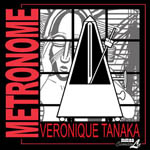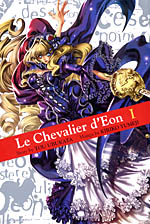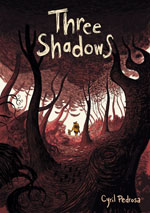 By Veronique Tanaka
By Veronique Tanaka
64 pages, black and white
Published by NBM
There are times when the back cover copy to a book can actually be a turn-off. Let’s take Veronique Tanaka’s debut graphic novel Metronome, which states, "Just when you thought that nobody could create something new in the comic medium, here comes Metronome […] a ‘silent’ erotically-charged visual poem, an experimental non-linear story using a palette of iconic ligne clair images. Symbolism, visual puns and trompe l’oeil conspire in a visual mantra that could be described as ‘existential manga’…" Now maybe I’m in the minority here, but this sounds so snooty that my first reaction was to not want to read it. Honestly, if it hadn’t been for the introduction by Jeff Smith mentioned on the front cover, I might have passed it by. But you know something, I’m glad I took the time to read it—despite the best efforts of the copy writers.

 Story by Tou Ubukata
Story by Tou Ubukata By Cyril Pedrosa
By Cyril Pedrosa